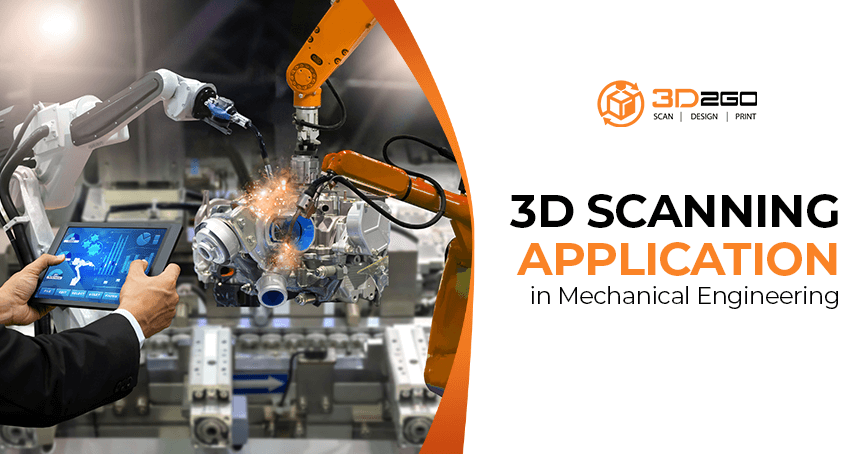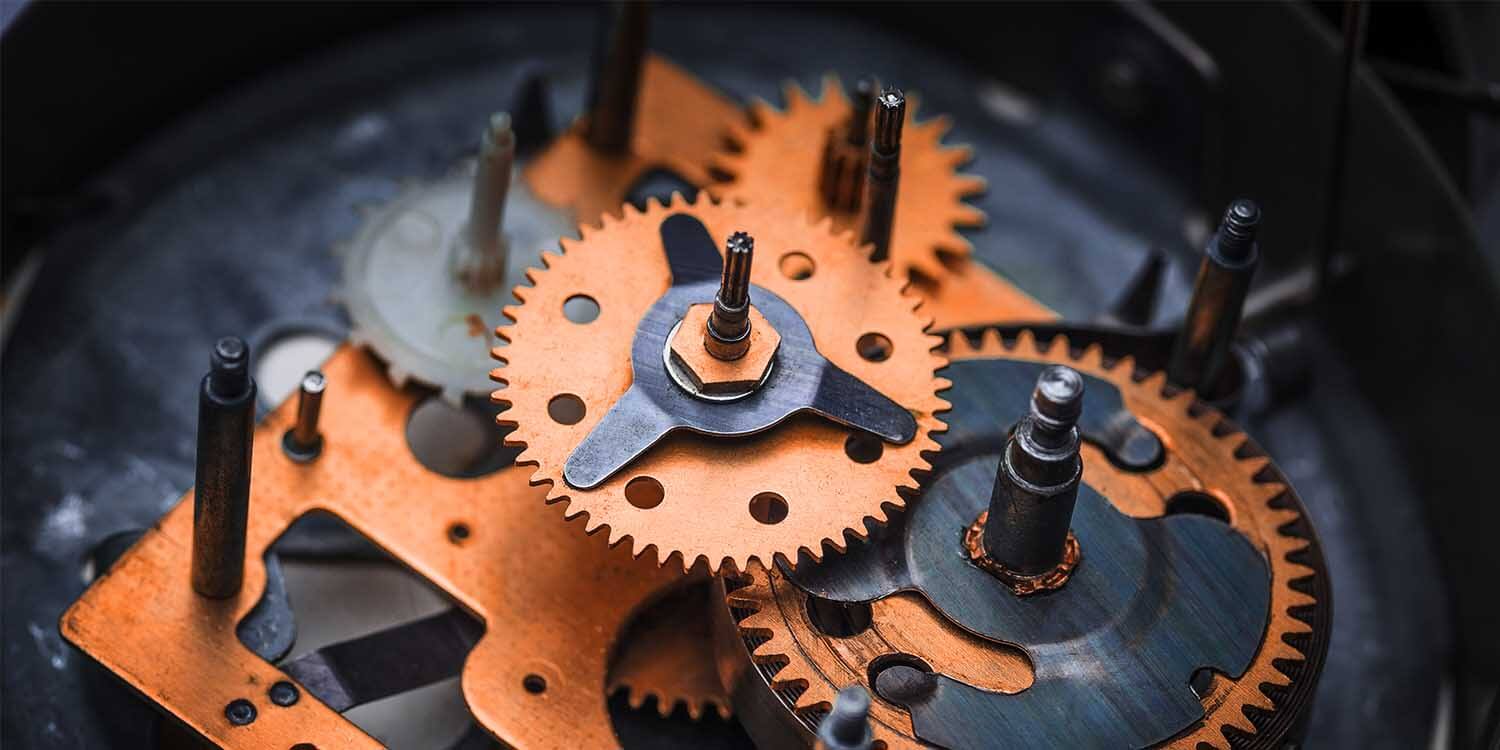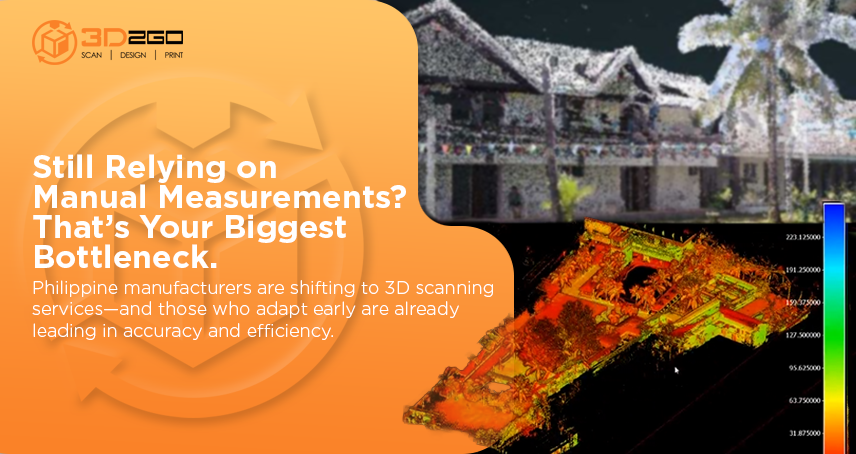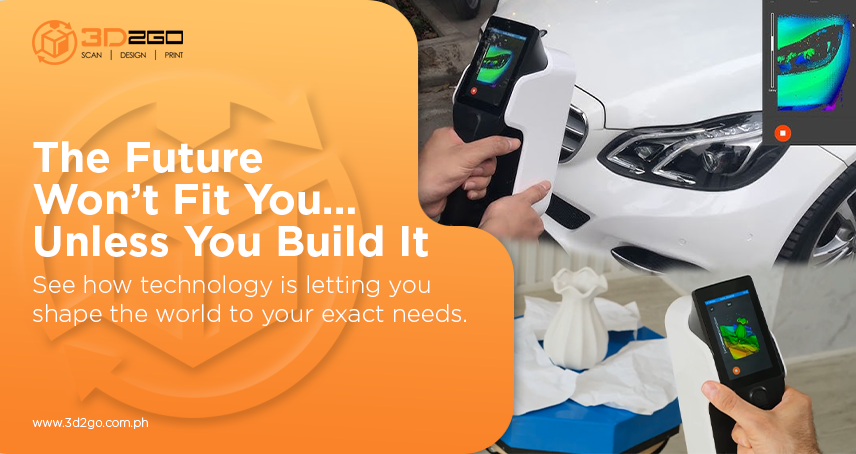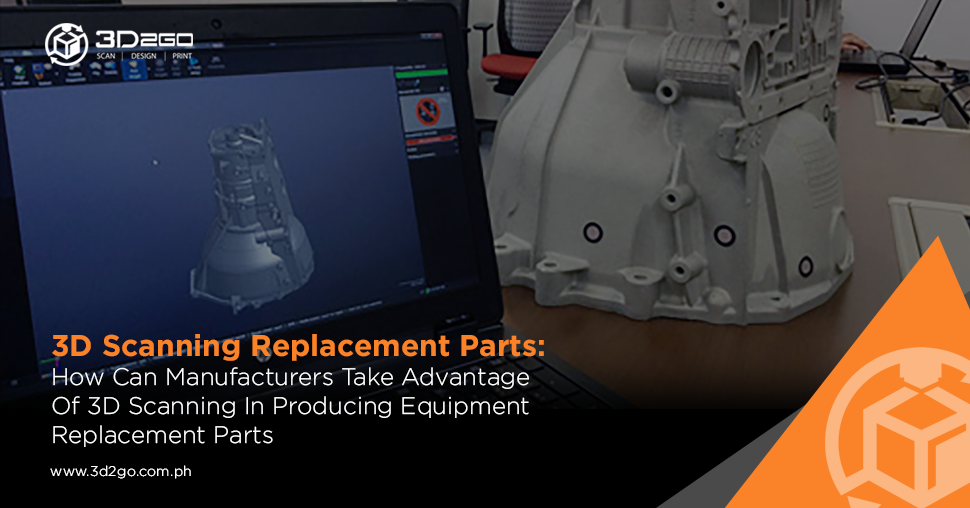
Taking Advantage Of 3D Scanning In Producing Replacement Parts For Equipment
June 12, 2022
How to Quality Check Your 3D Reverse Engineering Printed Item?
June 12, 2022How 3D Scanning Application in Mechanical Engineering is Changing the Game
3D technology continues to change the game for many fields, most especially in engineering.
With the accuracy and precision that 3D technology provides in the input of data and digital modeling, 3D scanning is transforming mechanical engineering in terms of design and function.
How 3D Scanning is Changing Mechanical Engineering
Before we delve further into these technological terms, let’s define both concepts, to fully understand what 3D scanning is, and what mechanical engineering contributes to our daily lives.
3D scanning is creating a digital imprint of an object through the use of imaging and light, in order to create an accurate digital model.
This technology completely revolutionizes design and engineering, allowing professionals to modify, adjust, reconstruct or reproduce many concepts that were either previously unattainable or have gone obsolete.
Among all of the other fields – art, fashion, interactive media and the like – engineering is the most apparent application that benefits from 3D scanning.
From industrial design to medical engineering, 3D scanning is taking engineering further by providing accurate models of objects and concepts, therefore allowing them to create and reconstruct many concepts to further develop innovations.
Mechanical engineering, on the other hand, is another form of engineering that greatly benefits from 3D scanning and technology.
Being the field of engineering that creates and develops mechanical systems through the combination of physics, motion study and materials science, mechanical engineering creates a multitude of devices and systems for many purposes – all of which can be considerably expanded with the use of 3D scanning.
Applications of 3D Scanning in Mechanical Engineering
Due to its nature, it’s clear that a technology such as 3D scanning greatly improves engineering and design.
As technology continues to develop, more concepts are created and invented, while some remain revolutionary – and almost futuristic – more and more of these concepts are becoming feasible through constant innovation of technological processes.
Now that we’ve been given a background of the many benefits of 3D scanning technology in design, engineering and many other applied sciences, let’s explore how 3D scanning in engineering is making more concepts a reality as it continues to grow.
3D scanning helps recreate obsolete materials.
As mechanical engineering deals with systems, like many other types of engineering, it relies on having many small parts functions in the sum of a whole.
While more and more devices and systems are developed through research and development, there still are concepts that require the use of many older pieces and materials, some of them no longer being produced, or have gone completely discontinued.
3D scanning can help recreate these materials. All that’s required is a functioning sample of the object, in the right measurement with all features and dimensions complete. Through a 3D scanner, a digital replica of the object can be generated.
The digital model created through 3D scanning can now be used for necessary reproduction, adjustments and alterations.
A simple digital model can create many concepts, making possibilities for innovation convenient and attainable – making many more improvements in technology possible.
3D scanning makes reverse engineering convenient.
As engineering is a field that is particular on both conceptualization and application, it’s important to note the composition of materials and how they function as a part of a whole.
It’s essential that every part of the system is in sync for the entire system to function. Mechanical engineering deals with material science at its core, the materials being as essential to the process just as much as the concepts and theories that make it work.
3D scanning is an essential tool in reverse engineering – the process of breaking down a certain object to learn and recover its composition.
3D scanning creates an accurate digital replica of the object in question, and due to the model’s accuracy and precision, engineers would find it convenient to recover the materials and ingredients, as well as the measurement of each compound, in order to further study or develop it, or in some cases, to reproduce it entirely.
3D scanning ensures effective quality control.
Mechanical engineering creates massive systems for industrial and manufacturing purposes. Factories, plants, and other production institutions rely on heavy machinery and intricate industrial systems to ensure maximum production and safety.
Due to the nature of its purposes, there is often very little room for error or shoddy quality, both in design and manufacturing.
While quality control has always been an important factor in engineering, it’s not a simple process, nor should it be. As a great amount of manpower is exposed to these machineries, whether in operations or maintenance, it’s essential to keep them in good quality for both efficiency and safety reasons.
3D scanned digital models aid in in-depth quality control, as it makes monitoring the object’s features and checking the accuracy of its composition more convenient.
3D scanning saves time and resources in designing systems and devices.
3D scanning isn’t just for tangible objects.
While the contribution of 3D scanning to engineering is often focused on and applied into objects, devices and other tangible compounds, it can also greatly assist and create accurate depictions of systems that are either being drafted for development, or currently existing and being redesigned.
Digital models of objects and devices imprinted through 3D scanning can be useful in creating intelligent mock ups of a system being developed for its use.
In terms of reliability and accuracy, these digital models are so high-precision that in the field of medicine, 3D scanning is used to create and reverse engineer parts of the anatomy such as tissue and organs to be used as a smart mock up of surgeries, used as reference by medical students.
Mechanical Engineering is Expanding Through 3D Scanning
It’s undeniable how far technology has come, in terms of development and purpose.
From simply finding out ways to make things easier, to expanding many horizons in science, design, art and many other fields, technology continues to pave the way for more developments and innovations to create endless opportunities for humanity, for a multitude of different purposes, to improve the quality of life.
Mechanical engineering is a building block of industrialization. Creating materials and systems is no easy feat, with each part of a whole having a vital function all on its own, so it’s essential to maintain quality, effectiveness and security.
3D scanning may be a small innovation on its own, but its benefits are tantamount to the variety and vastness of the areas it continues to take further as it grows.
While it seems to be unfamiliar to some, 3D scanning has become a lot more common and accessible. In fact, many companies now provide 3D technology – 3d scanning, printing, among others – to the public for many different purposes, big or small, personal or professional.
3D2GO Provides 3D Scanning for Mechanical Engineering and More
3D scanning is definitely a versatile and beneficial technology. And it’s a lot more accessible than you think.
3D2GO is a top-notch 3D scanning company in the Philippines. We are a one-stop shop for all things 3D – 3D Printing, 3D Scanning, 3D Modelling, 3D Reverse Engineering – you name it. We are a prime 3D scanning services provider in the Philippines, catering to engineers, designers, entrepreneurs, students and hobbyists alike.
Get started on making your concepts a reality. Contact us here now for more details.


